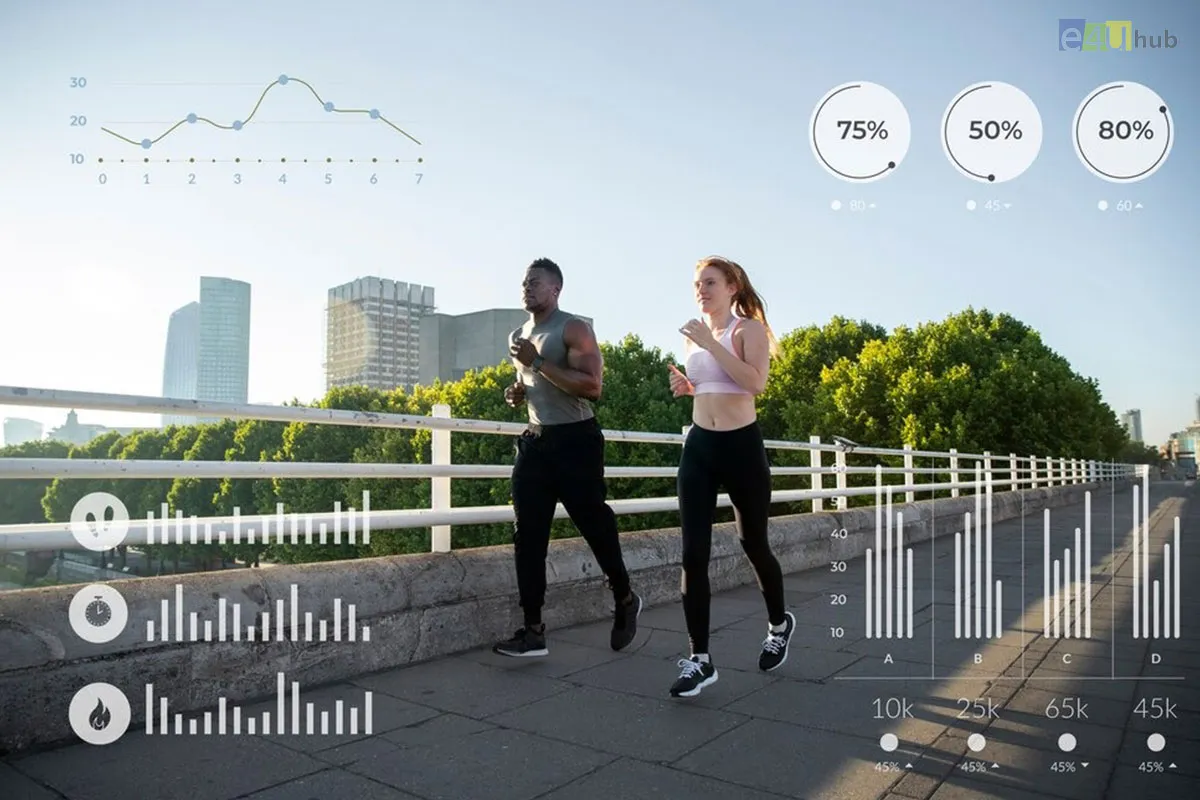
How Technology Is Revolutionizing Sports Training Methods
In the realm of sports, where every millisecond counts and every inch matters, the pursuit of excellence is relentless. Athletes and coaches are constantly seeking innovative methods to gain a competitive edge, pushing the boundaries of performance to new heights. In recent years, technology has emerged as a powerful ally in this quest, revolutionizing the way athletes train and compete. From advanced analytics to cutting-edge wearables, the integration of technology into sports training has transformed the landscape, ushering in a new era of athleticism and achievement.
1. Data-Driven Insights
One of the most significant ways technology is revolutionizing sports training is through the collection and analysis of data. With the advent of sophisticated tracking devices and sensors, athletes can now monitor every aspect of their performance in real time. From heart rate variability to biomechanical movements, these tools provide a wealth of information that can be used to optimize training regimens and prevent injuries.
For example, wearable devices such as GPS trackers and accelerometers enable coaches to track athletes' speed, acceleration, and distance covered during training sessions. This data can be analyzed to identify patterns and trends, allowing coaches to tailor workouts to address specific weaknesses or improve overall performance.
Similarly, advancements in sports science have led to the development of sophisticated analytics platforms that leverage machine learning algorithms to uncover insights from vast amounts of data. These platforms can analyze everything from player positioning to game strategy, providing coaches with valuable information that can inform decision-making and enhance performance on the field.
2. Virtual Reality and Simulation
Another area where technology is making a significant impact is in the realm of virtual reality (VR) and simulation. VR technology allows athletes to immerse themselves in realistic training scenarios, providing a safe and controlled environment to practice and refine their skills.
For instance, athletes can use VR headsets to simulate game situations, such as facing off against an opponent in a one-on-one scenario or navigating a complex obstacle course. This allows athletes to develop their decision-making skills and improve their reaction times in a realistic setting without the risk of injury.
Simulation technology is also being used to create digital replicas of sports venues, allowing athletes to familiarize themselves with the playing environment before a competition. By rehearsing their routines in a virtual space, athletes can reduce anxiety and perform with greater confidence when it comes time to compete on the big stage.
3. Biomechanical Analysis
In addition to data analytics and simulation, technology is also revolutionizing sports training through biomechanical analysis. High-speed cameras and motion capture systems allow coaches to capture and analyze the subtle nuances of an athlete's movements, providing valuable insights into their technique and form.
By breaking down complex movements into their components, coaches can identify areas for improvement and implement targeted interventions to enhance performance. For example, biomechanical analysis can help a golfer refine their swing mechanics or a sprinter optimize their running technique, leading to measurable gains in performance over time.
Conclusion
In conclusion, technology is transforming the world of sports training in profound and exciting ways. From data-driven insights to virtual reality simulations and biomechanical analysis, athletes and coaches have access to a wealth of tools and resources that were once unimaginable. By harnessing the power of technology, athletes can unlock their full potential and push the boundaries of human performance to new heights. As we continue to innovate and explore new frontiers, the future of sports training looks brighter than ever before.







Leave a Reply